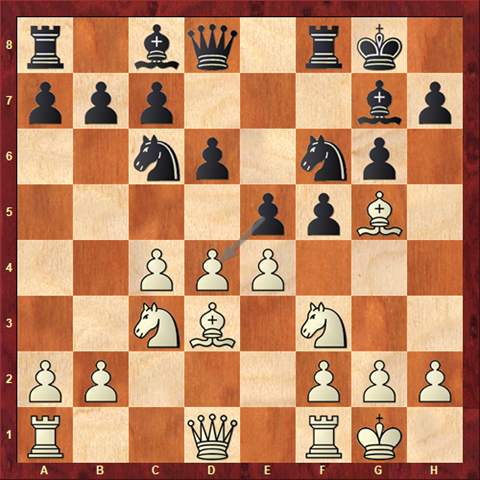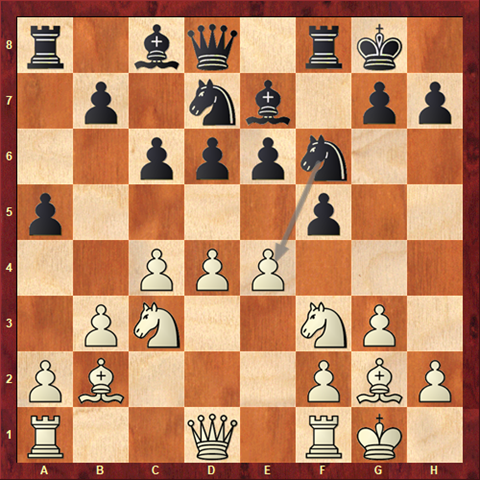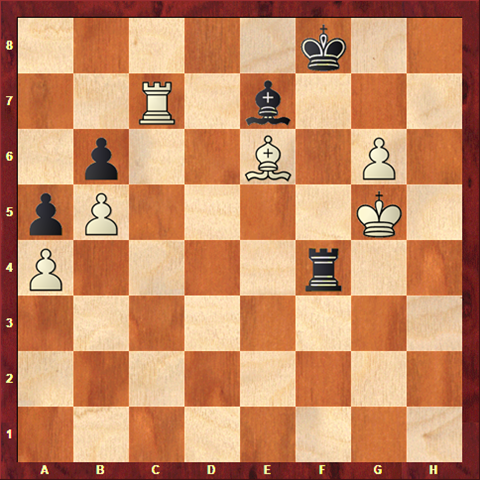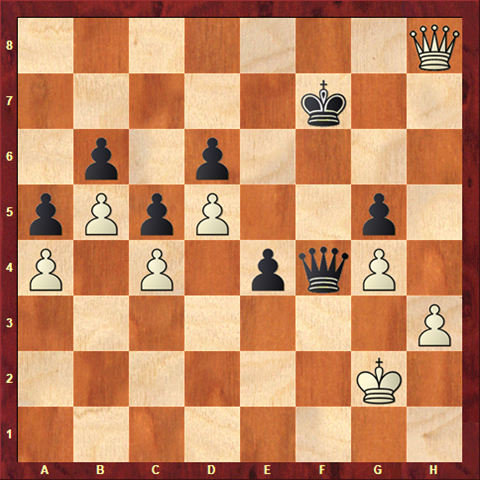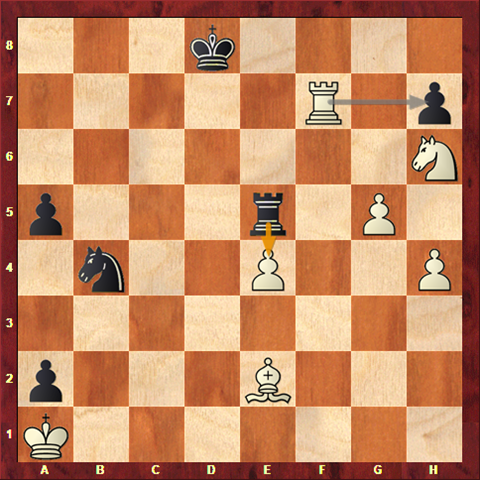This season rather than annotate each game in detail. I plan to look at Snapshots and the lessons that might be learnt.
Snapshot 1 - Concentrate from the start / Be accurate about captures / The benefit of past experience
Exhibit A
A standard position has arisen in the Dutch Defence. White wasn’t expecting this opening and wasn’t entirely focussed on the challenge of playing a stronger player, but played some decent moves up to this point. To some extent both white and black have developed in their own halves of the board. However, black’s last move pawn to e5 has dramatically increased the tension in the position. Black threatens to advance the pawn to e4 attacking the bishop and knight. A time to think carefully which is always harder if you set off at speed.
White responds with e4. This stops the immediate threat at the expense of a pawn. But how to capture the pawn?
Whilst you ponder that, let me introduce Exhibit B from the previous season. This reached a similar position at similar speed, showing that the players possessed reasonable knowledge of the patterns of the opening, but not looking at concrete details. Pattern recognition should allow you to play more briskly as you can focus your thinking more effectively, but you should always be wary of new moves, and check carefully.
Exhibit B
White has just played Pawn to e4. There have been some inaccuracies by black, who has mixed up several different but distinct ideas in the Dutch but nothing that justifies this move by White. The e pawn is defended once but attacked twice. How should black capture the pawn?
The answer is that Black must capture with the knight and then look to consolidate with pawn to d5 or with Ndf6.
Why not pawn takes pawn? Well rather than an immediate recapture and loss of a full piece, white can play Ng5 – this would put the e4 pawn under attack from both white knights but also white threatens nasty stuff on e6. My computer suggests that in this variation the advantage to white is actually more than that which Black gets from the correct capture. I think this illustrates well how important even these relatively small decisions can be.
And so back to our first example. Did you take with the pawn or the knight? Again the knight is right. Capturing with the pawn doesn’t lead to the same approach of bringing a second knight to attack the pawn but does allow Nd5 bringing further pressure to bear on the knight on f6 currently pinned by the bishop on g5. And the computer says this would be sufficient compensation for the pawn.
Conclusion
White made the same mistake twice in both cases probably by playing too fast. Black found the correct move in both cases and won both games. Although the solutions were not identical his experience in the first game helped him to understand the requirements of the second game. You could calculate the right answer at the board, but experience is a significant help, so play more chess. And finally normal thought process when evaluating captures is to assume that a re-capture will follow immediately, so I take, they take, I take etc. Watch out for intermediate moves that don’t follow this sequence, such as a check or attack on another piece.
Snapshot 2 - Keep calm and focus to the end
Example 1 – saving a lost game
White has been two pawns up for some time and Black might have resigned were the match not in the balance. White has just played 47 g6. Black plays R x f4. White spots that K x f4 is followed by Bd6 check and then capturing the white rook. The opposite-coloured bishops would then lead to a draw, as the black king goes to g7 preventing the pawn from advancing and the bishop supports the black pawns.
White played Kg5. Rather than resign, Black has another attempt to salvage the game.
… Be7 check! White cannot play Kh5 or Kh6 because of Rh4 mate. He should have played R x e7 when after the major pieces come off, the white pawn can be forced through in the king and pawn ending. Instead White chose K x f4, and after Bd6 check, Kg5 B x c7 , Kh6 Be5 the game was agreed drawn.
Example 2 - Losing a drawn position
White realised that the advancing e pawn was making things a bit difficult so had opted to try and force a draw by perpetual check, assessing correctly that Black’s king was a bit exposed and couldn’t easily get help from the queen. It was a good idea. There then followed a series of checks by black followed by the black pawn advancing to e3.
The draw can still be forced, but the pawn push has changed the position. White failed to pause and consider how this small move might change things and continued with his original drawing plan. Qh7??? As well as not taking sufficient care this also illustrates another chess axiom that backwards captures are hard to spot. Black’s queen was almost out of sight.
Example 3 - Losing from a won position
This is from some time ago, but it’s a good one. A tense struggle reaches this position.
Chess players sometimes refer to Worst Move On The Board moves or WMOTB. You have to look at a lot of moves before choosing Bf3??, completely failing to see Rc5. Maybe sideways moves are as hard to see as backwards moves!?

